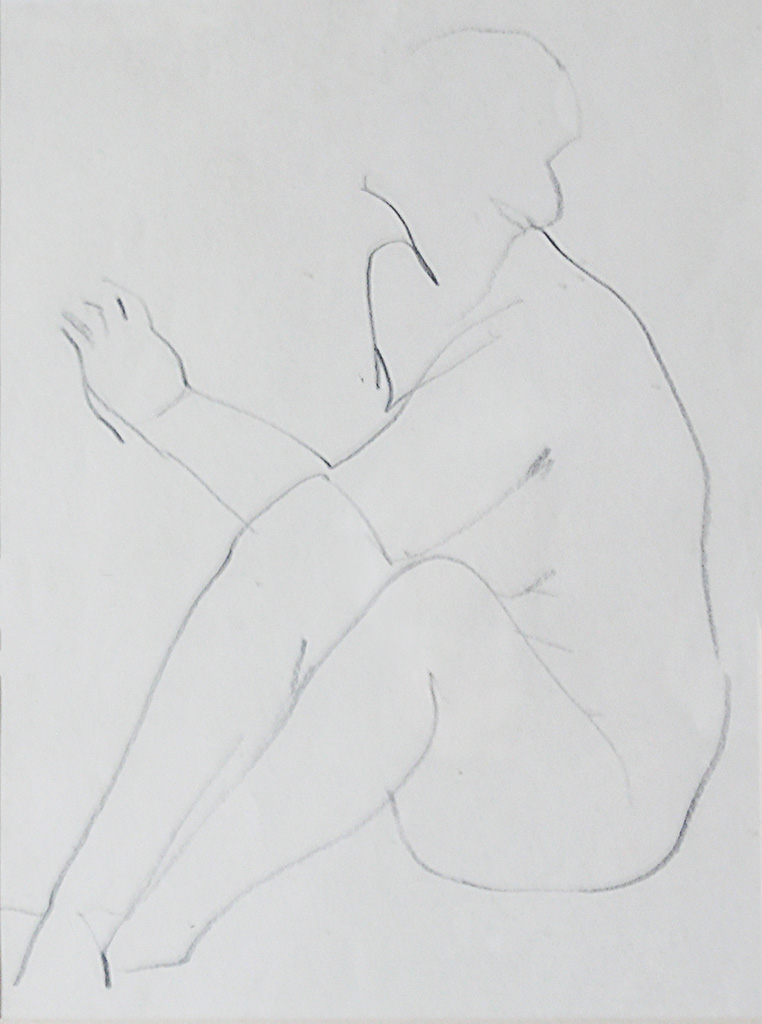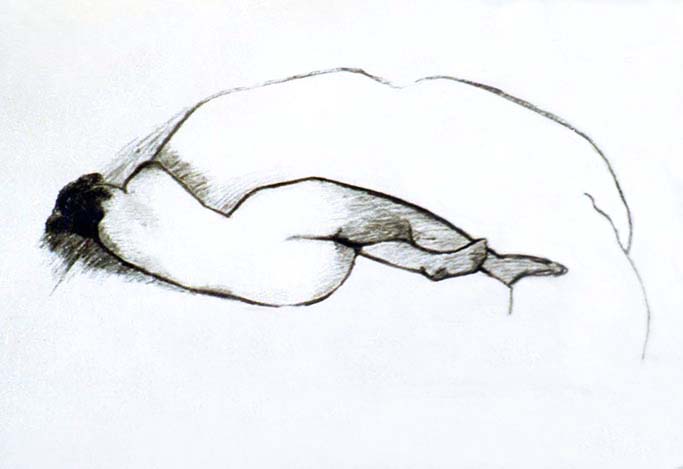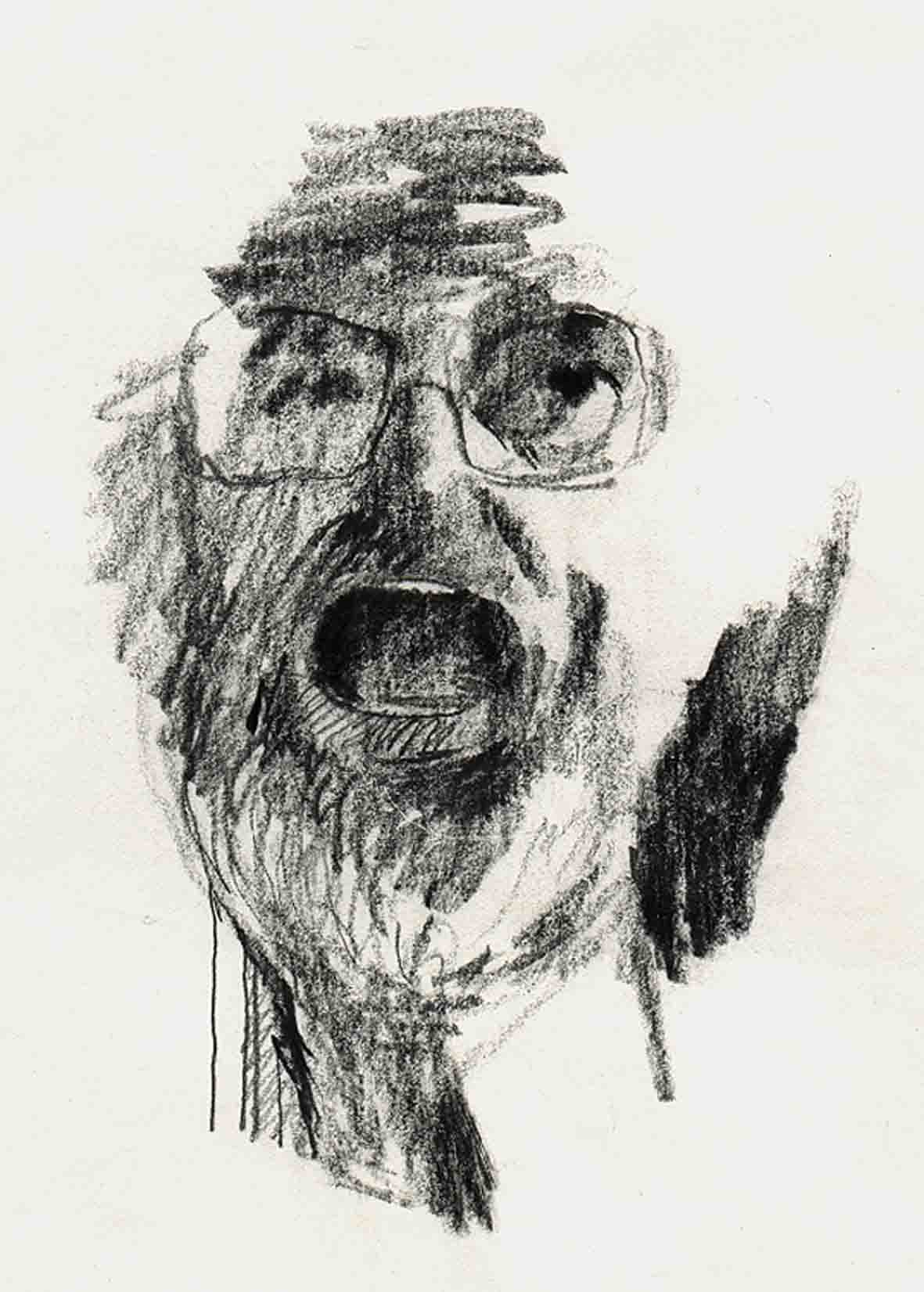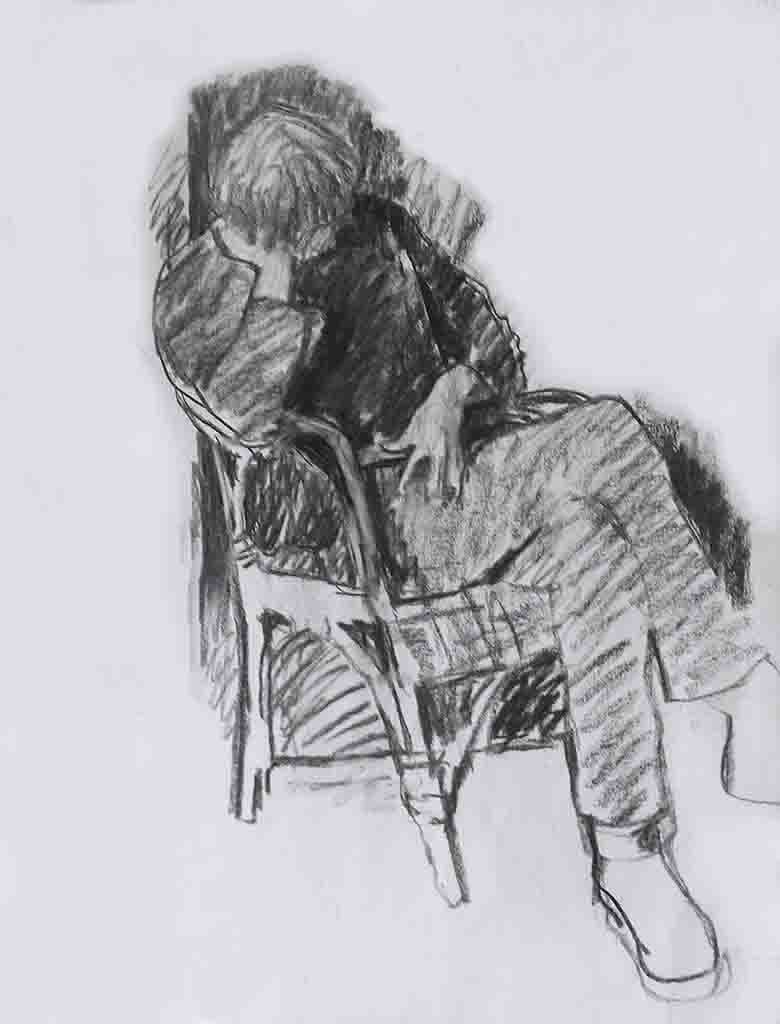This Post should be of interest to anyone wanting to get the best out of “Drawing on Both Sides of the Brain”. It describes the experiments that I did when I was a Senior Research Fellow at the University of Stirling, researching drawing skills. The official form these took related to issues of interest to “developmental psychologists” and “psychologists of visual perception”. However, my personal overriding interest was in neither of these fields of study. Rather it was in issues that had arisen in the 1960s, when I was teaching “figure drawing and painting” to evening class students at Isleworth Polytechnic. In those days, we relied heavily on the use of “negative shapes” (looking at the contours of spaces between objects rather than at the contours of the objects themselves), “contour drawing” (drawing around the outlines of the model without looking at the emerging drawing, “as if tracing them”) and “schema” (the idea that when students overlook aspects of appearances, they represent them in their drawings by referring to schematic knowledge of the object-type stored in their memories). All these methods of helping my students worked to some extent and were part of the reason why they clearly approved of my teaching. However, I was far from satisfied, for my experience in the classroom had eventually made it clear that there are serious shortcomings in all three of them. Although my efforts to find ways of improving matters met with some success, I was left with a permanent, rather hollow sense of not being able to help students as much as I would have liked to. There were just too many unanswered questions. At the time, it never occurred to me that, one day, I would be in a position to do the research that would provide answers, not only to all of the ones I had identified, but also to many more.
Although the reason that I accepted the offer to do research at the University of Stirling was the opportunity it provided to look for answers to my questions, I was far from expecting the spectacular outcomes it was to produce.
Also, although I knew that I would have the help of Dr Bill Phillips, a world authority on “short-term visual memory”, I had no idea of the galaxy of talent that would find interest in what I was doing. Or that such a high proportion of them would make something for themselves out of my initiative. I cannot start to imagine how I could have got on without their help.
A link to the chapter on my drawing experiments
.
CHAPTER 8-THE DRAWING EXPERIMENTS
.
Some images

.

.

.

.
Chapters from “What Scientists can Learn from Artists”
These deal in greater depth with subjects that feature in the other volumes
- Introducing the chapters
- Chapter 6 – illusory pictorial space
- Chapter 7 – An artist among scientists
- Chapter 8 – The drawing experiments
- Chapter 9 – Constraint in artistic aids and practices
- Chapter 10 – Blindsight & the bakery facade
- Chapter 11 – Movement, surface-form and spatial layout
- Chapter 12 – Body colour and local colour interactions
- Chapter 13 – Colour constancy
- Chapter 15 – The other constancies
Thank you Francis. This is difficult stuff for the amateur, but it highlights the importance of ‘checking back’ and not ‘muddling through’, which is a very valuable practical lesson.
Thank you Francis, such useful and interesting information, images, and lessons. As always, very interesting research. You continue to amaze me.
Judith
This fascinating research would be useful to all artists and teachers drawing from observation. The researched is unparalleled. Thank you for sharing this.